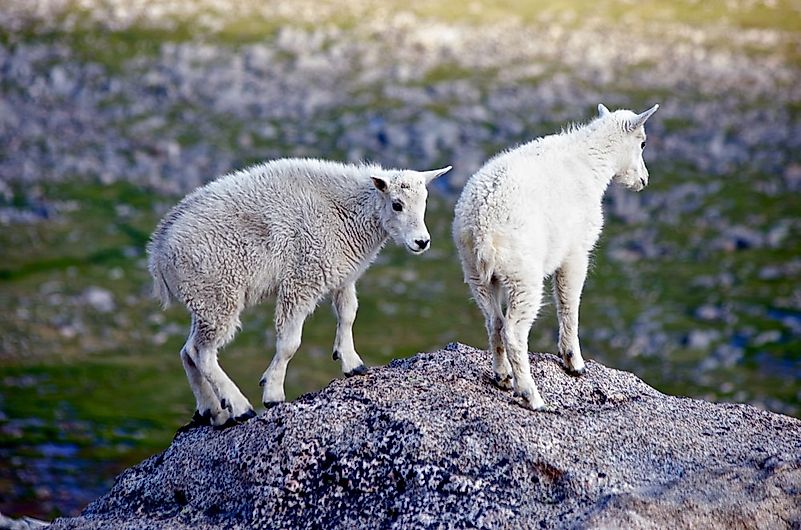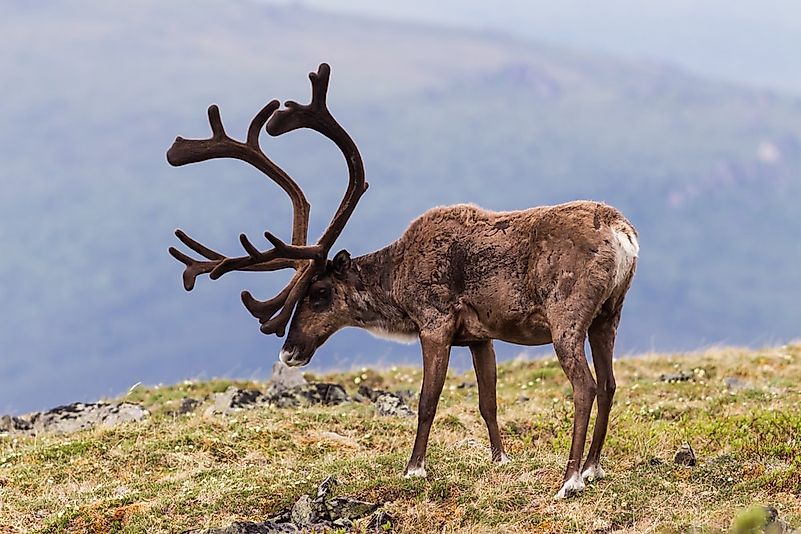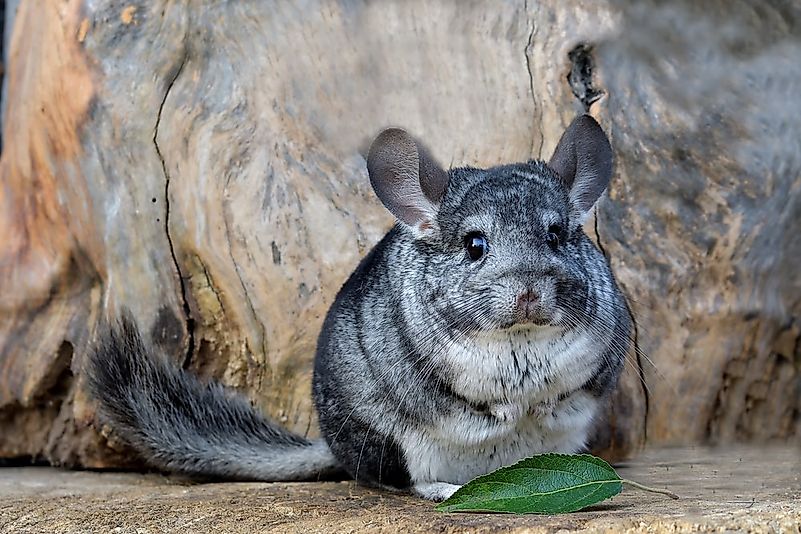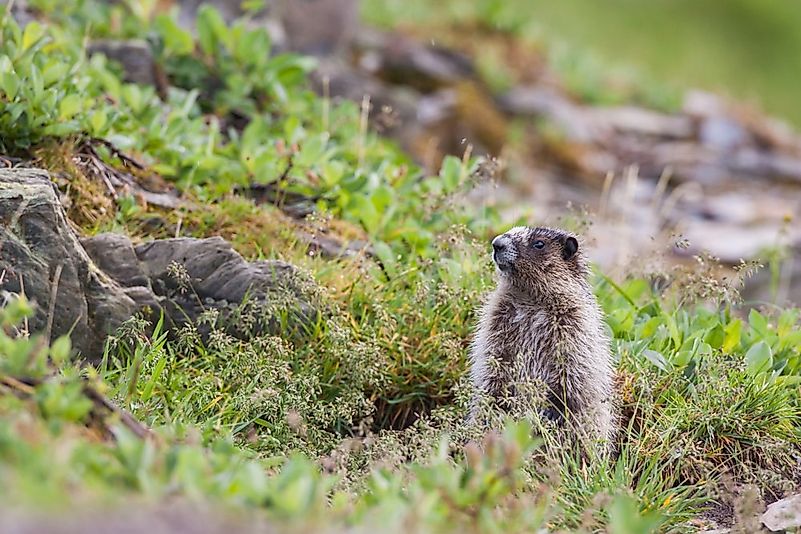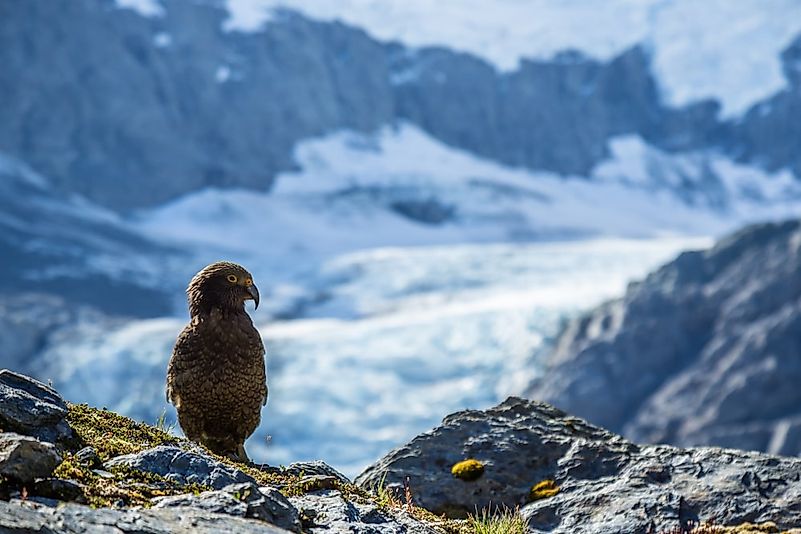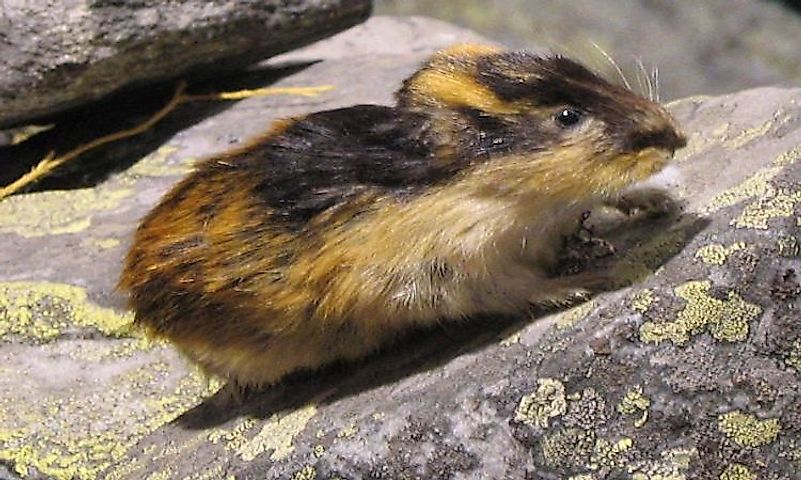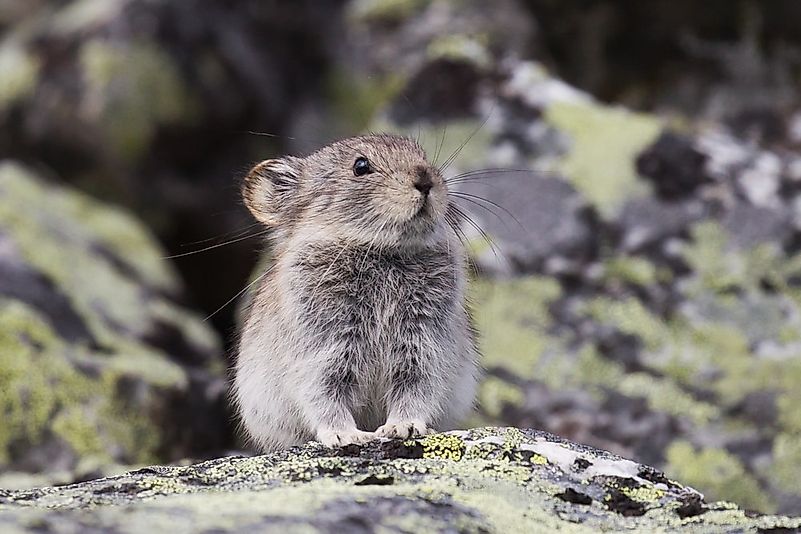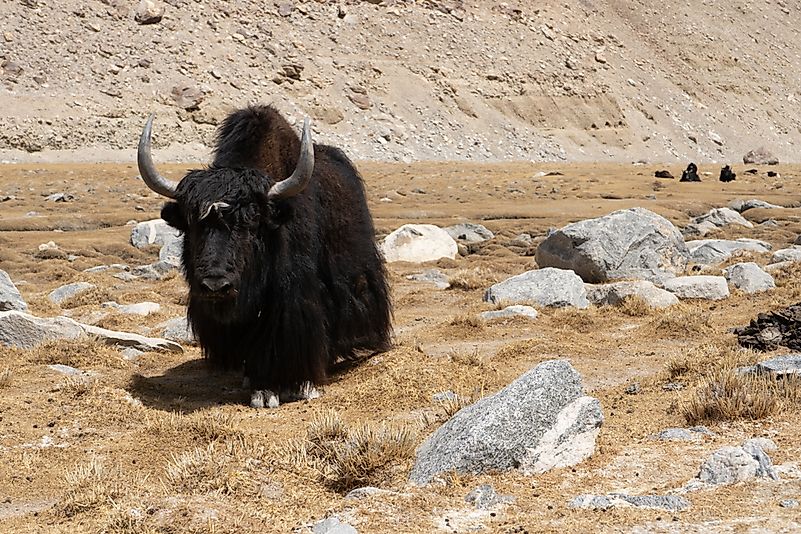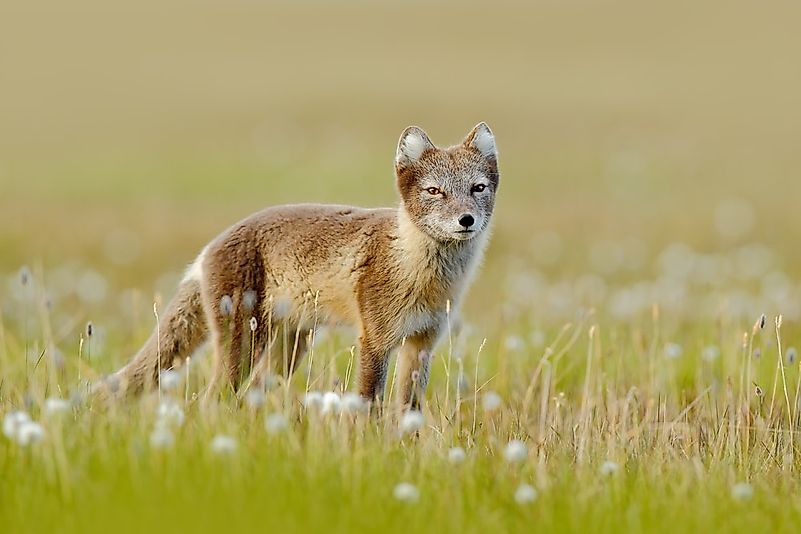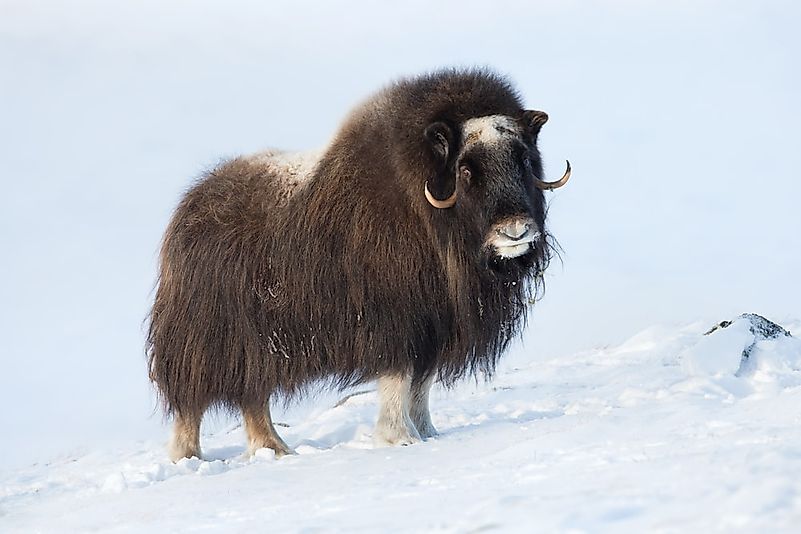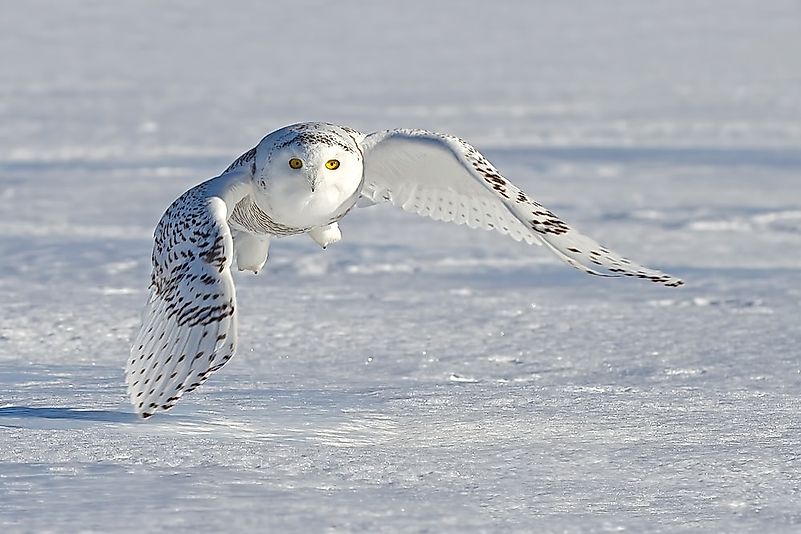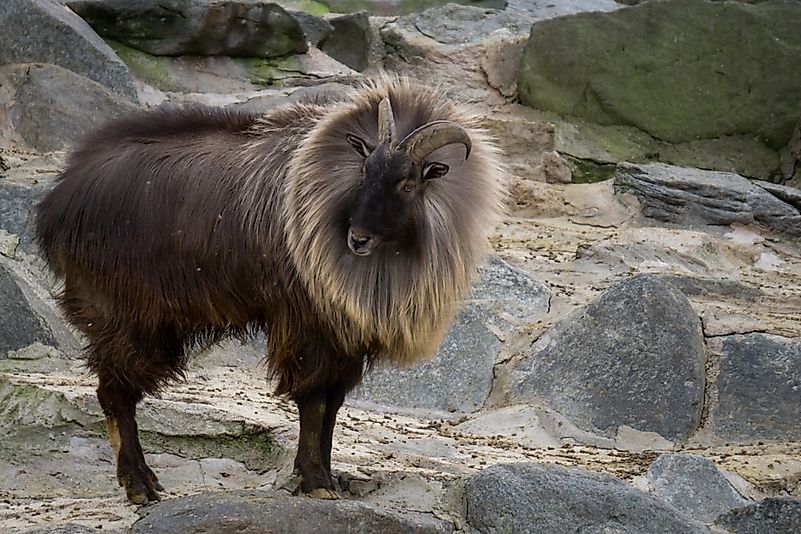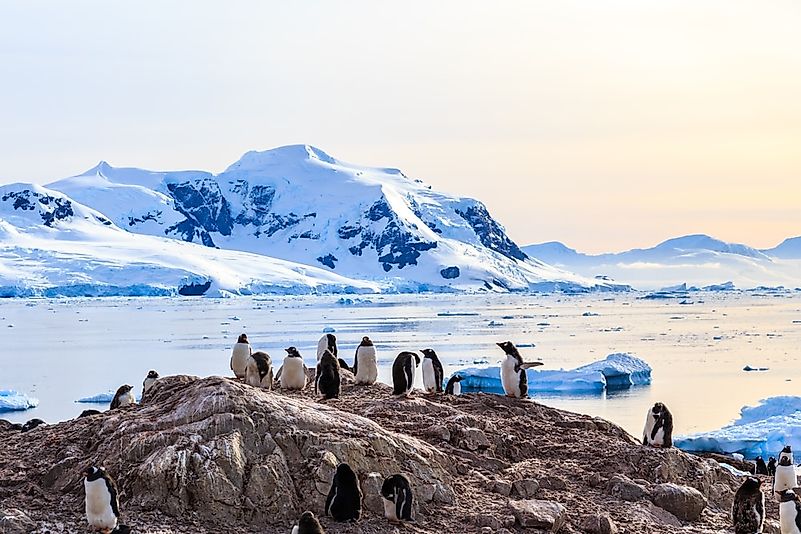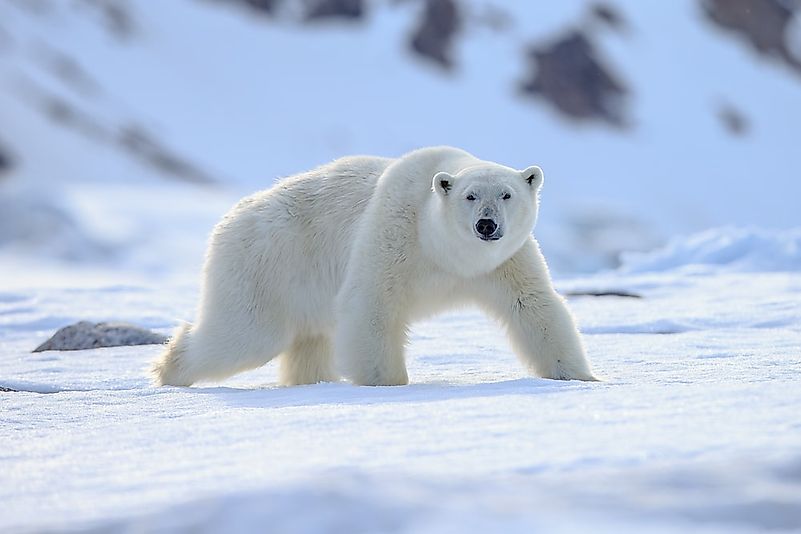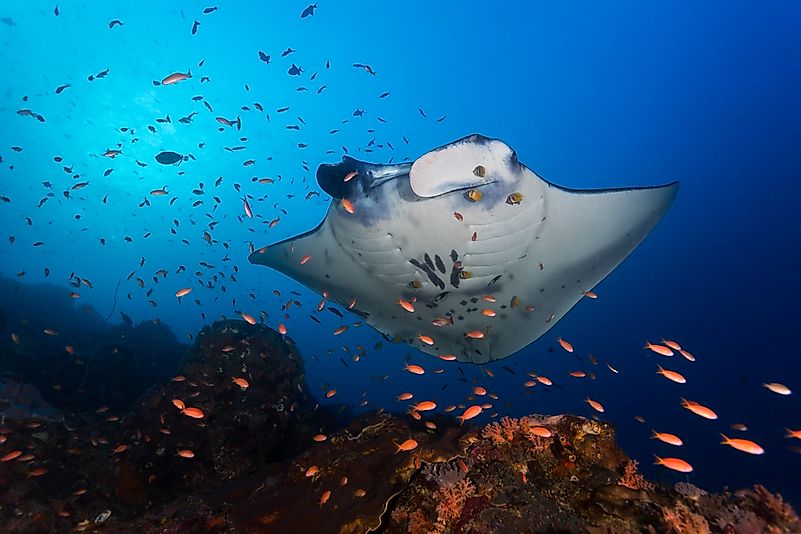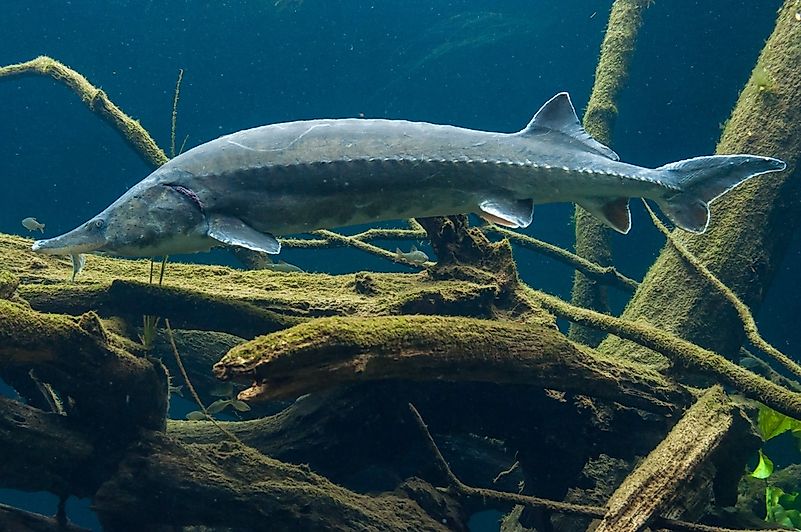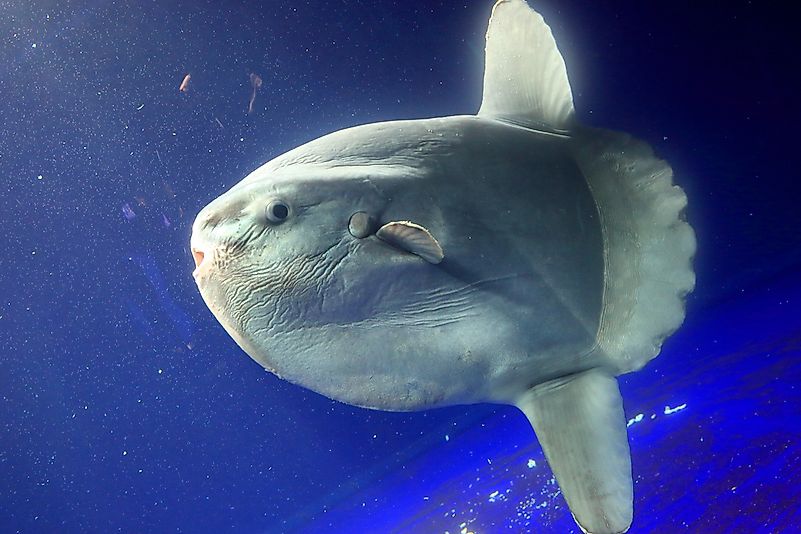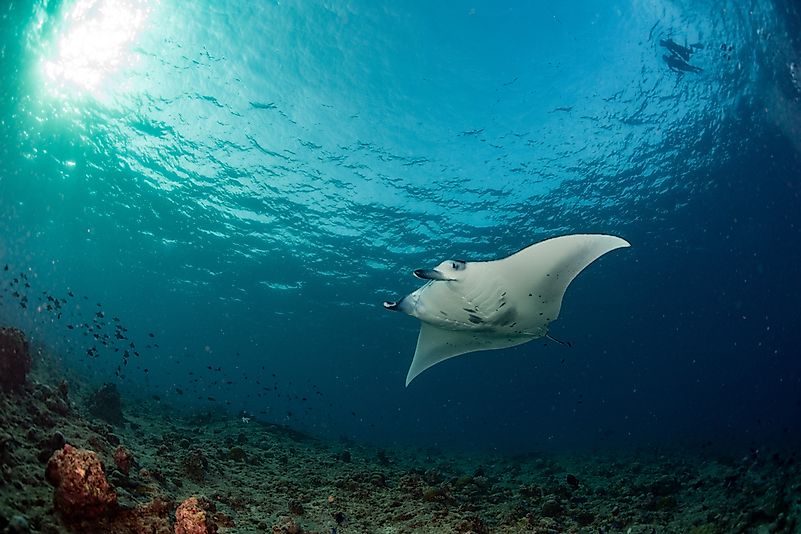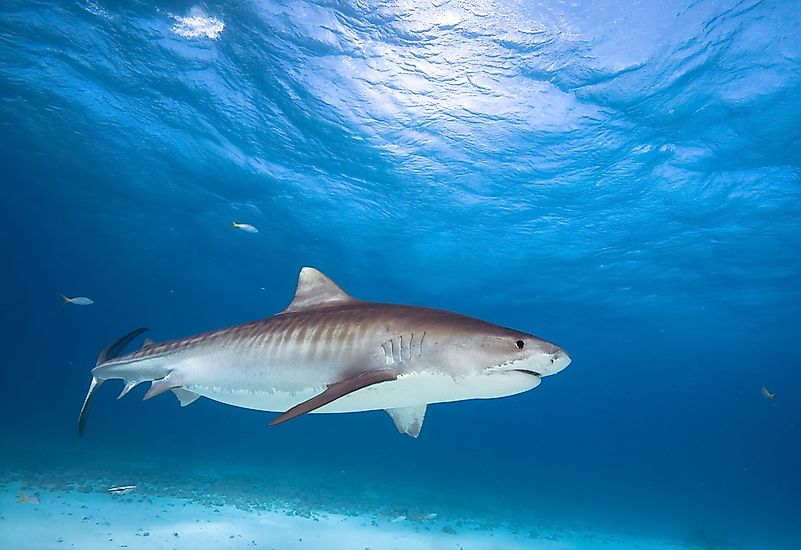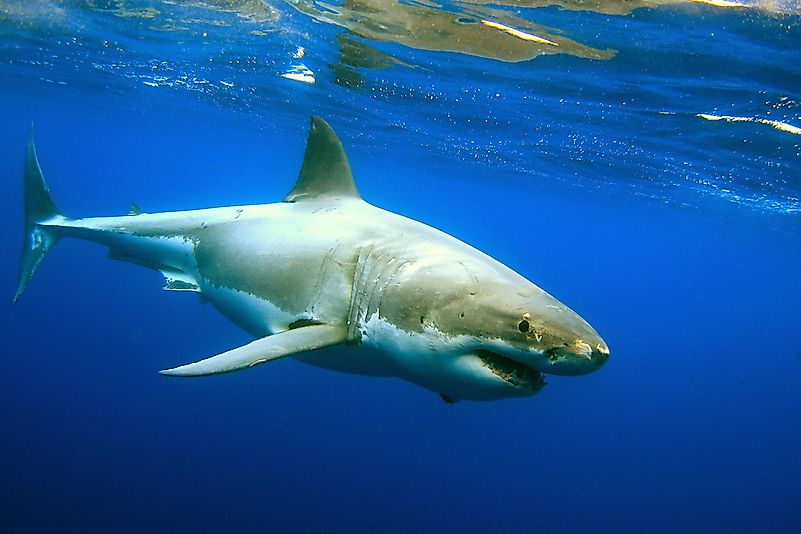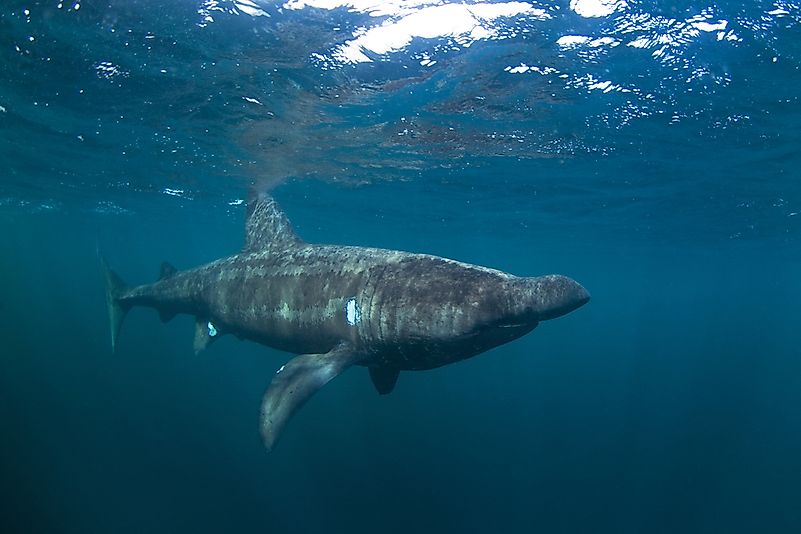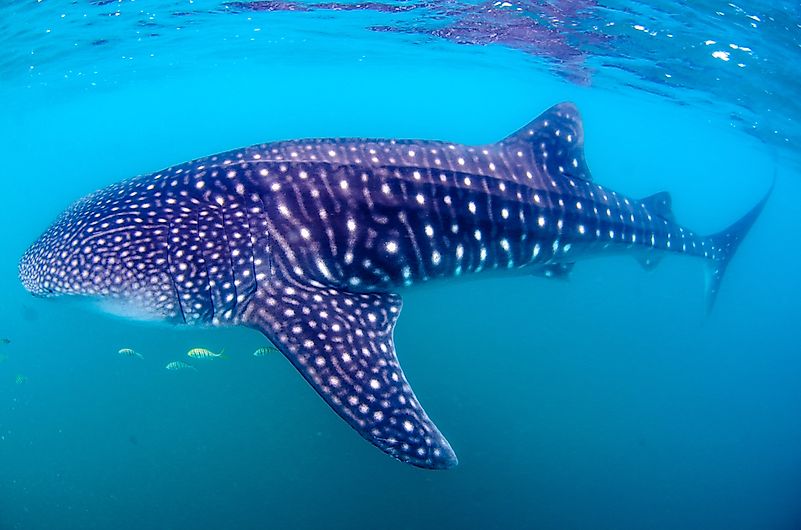
A moon is a natural satellite rotating around a planet. While moons vary in size, each moon is much smaller than its planet. There are 176 known natural moons orbiting planets in our Solar System. 168 moons orbit the “full-size” planets (Mercury, Venus, Earth, Mars, Jupiter, Saturn, Uranus, and Neptune), while 8 moons orbit the smaller planets calling dwarf planets (Ceres, Pluto, Haumea, Makemake, and Eris). Several moons in our solar system are larger than the planet Pluto and two moons are larger than the planet Mercury. Many people think that the answer to ‘what is the largest moon in the Solar System’ is our Moon. It is not. Our Moon is the fifth largest Moon in the solar system. Let’s explore the moons of the solar system. The below is the top 5 largest moons in the solar system.
This is a partial list of Solar System objects by size, arranged in descending order of mean volumetric radius, and divided into several size classes. These lists can also be sorted according to an object’s mass and, for the largest objects, volume, density and surface gravity, insofar as these values are available. This list contains the Sun, the planets, dwarf planets, many of the larger small Solar System bodies (which includes the asteroids), all named natural satellites, and a number of smaller objects of historical or scientific interest, such as comets and near-Earth objects.
Objects on this list are ordered by mean radius rather than mass; thus, objects on the lower portions of the table can be more massive than objects higher on the list if they have a higher density.
Many trans-Neptunian objects (TNOs) have been discovered; in many cases their positions in this list are approximate, as there is frequently a large uncertainty in their estimated diameters.
Top 5 Largest Moons in the Solar System
5. Moon

The Moon is Earth’s only natural satellite. Our planet’s trusty companion is an airless, silent world without any signs of life. Because of its small size, the Moon’s force of attraction is too weak to hold the gases it would need to form an atmosphere. The Moon is in synchronous rotation with Earth, always showing the same face with its near side marked by dark volcanic maria that fill between the bright ancient crustal highlands and the prominent impact craters. The Moon is a spherical rocky body, probably with a small metallic core, revolving around Earth in a slightly eccentric orbit at a mean distance of about 384,000 km. It’s diameter is 3475 km.
4. Io
Io is a large, rocky, volcanically active moon of Jupiter. It has a diameter of 3,636 km. Io’s mean distance from Jupiter is 422,000 km. It was discovered in 1610 by Galileo Galilei, along with the other Galilean satellites. Further observations have been made by Cassini–Huygens in 2000 and New Horizons in 2007, as well as from Earth-based telescopes and the Hubble Space Telescope as technology has advanced. It has the highest density of all the moons, and is the driest known object in the Solar System. It was named after the mythological character Io, a priestess of Hera who became one of Zeus’s lovers.
3. Callisto
With a diameter of over 4,800 km, Callisto is the third largest satellite in the solar system and is almost the size of Mercury. It was discovered in 1610 by Galileo Galilei. Callisto is the outermost of the Galilean satellites (Ganymede, Europa, Io, Callisto). Callisto is named for the beautiful daughter of Lycaon, who followed the chaste goddess of the hunt, Artemis. Unfortunately, since Callisto was seduced by Zeus (the Greek equivalent of the Roman god Jupiter) and became pregnant she was banished by Artemis. Zeus changed Callisto into a bear to protect her from his wife Hera’s jealousy. Later, Zeus placed Callisto and their son in the sky, and mother and son became Ursa Major and Ursa Minor (Great Bear and Little Bear).
2. Titan

Titan is Saturn’s largest moon and the second largest in the solar system. It was discovered on March 25, 1655 by the Dutch astronomer Christiaan Huygens. Titan is the only natural satellite known to have a dense atmosphere. Titan’s atmosphere is active and complex, and it is mainly composed of nitrogen (95 percent) and methane (5 percent). Titan also has a presence of organic molecules that contain carbon and hydrogen, and that often include oxygen and other elements similar to what is found in Earth’s atmosphere and that are essential for life. It has a diameter of 5,152 km.
1. Ganymede
Ganymede is a satellite of Jupiter and the largest satellite in our solar system. It is larger than Mercury and Pluto, and three-quarters the size of Mars. It has a diameter of 5,268 km. It orbiting at about 1.070 million km and takes about seven Earth days to orbit Jupiter. Ganymede is composed of approximately equal amounts of silicate rock and water ice. It is a fully differentiated body with an iron-rich, liquid core, and it might have ice and oceans stacked up in several layers. Ganymede was discovered by Galileo Galilei on Jan. 7, 1610. The discovery, along with three other Jovian moons, was the first time a moon was discovered orbiting a planet other than Earth. Galileo’s discovery eventually led to the understanding that planets orbit the sun, instead of our solar system revolving around Earth. Galileo called this moon Jupiter III. When the numerical naming system was abandoned in the mid-1800s, the moon was named after Ganymede, a Trojan prince in Greek mythology. Zeus, a counterpart of Jupiter in Roman mythology, carried Ganymede, who had taken the form of an eagle, to Olympus, where he became a cupbearer to the Olympian gods and one of Zeus’ lovers.
The post 5 Largest Moons in the Solar System appeared first on Gradaxis.
source https://gradaxis.com/5-largest-moons-in-the-solar-system/
from Dr. Linex https://ift.tt/3cgHxtg
via IFTTT
















